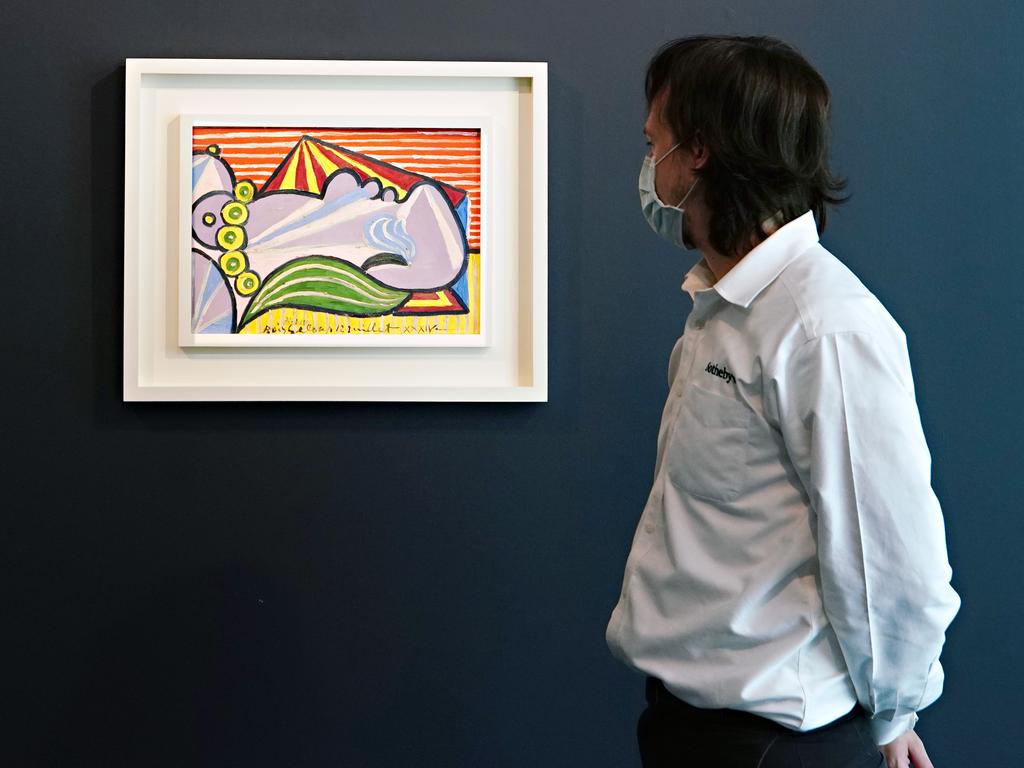One for the ages: new superannuation rules will be welcome
The new financial years triggers some limited but useful super contribution changes.

The new financial year began this week and, in the ever-changing world of superannuation, that means the new eligibility rules for the work test and spouse contributions are under way.
Here’s the statement from the Assistant Minister for Superannuation Jane Hume: “More Australians can make voluntary contributions to their superannuation when they are in a position to do so. Regulations are now in force so that from July 1 people aged 65 and 66 can make voluntary concessional and non-concessional contributions without meeting the work test, and to allow people up to age 75 to receive spouse contributions.”
These are important changes. Previously, people aged 65 and 66 would need to meet the work test to be eligible to make super contributions. (The work test is a draconian requirement to work at least 40 hours in a consecutive 30-day period within the financial year that the super contribution is to be made.)
Although the age rule has been relaxed, there is a catch: Only people under the age of 65 can use the three-year bring-forward rule on super contributions.
In other words, people who are 65 and 66 can still only contribute up to $25,000 a year pre-tax and $100,000 a year post-tax. They cannot rely on the $300,000 bring-forward rule like those under the age of 65. Hume says a bill is before parliament to allow the three-year bring-forward rule to be used by those aged 65 and 66.
The other significant change that began on July 1 is the ability for people up to 75 to receive spouse contributions. Previously, the receiving spouse had to be under 69.
This underused spouse contribution rule operates whereby the contributing spouse can claim a tax offset of up to $540 in their personal tax return when they contribute up to $3000 of after-tax dollars into their spouse’s super account.
There are still many hurdles to clear to receive the spouse contribution. The receiving spouse must have income less than $37,000 for the contributing spouse to claim the tax offset, and less than $40,000 for a partial offset.
In addition, the receiving spouse cannot have more than $1.6m in super. Further, if the receiving spouse is over 67 and under 75 they will still need to meet the work test.
Although there are several rules to follow, the spouse contribution will appeal to more people as a result of improvements in recent years.
In addition to the maximum age of the receiving spouse being increased from 69 to 74, the income limit for the receiving spouse was increased from $13,800 to $40,000 a few years ago. There is also no age limit on the contributing spouse.
Finally, this year marks 12 months since retirees aged between 65 (now 67) to 74 with super balances below $300,000 can make contributions in the financial year after they retire without meeting the work test. For example, someone who is 68 and retires this year will be able to make a $100,000 after-tax super contribution and a $25,000 pre-tax contribution next financial year even though they do not meet the work test. It is important to note that this rule, called the work test exemption, can only be used in the financial year immediately following retirement.
Relaxing of the contribution rules comes as welcome news to many trying to manage caps and push as much possible into the tax-effective super environment.
However, given the recent volatility in markets and record low interest rates, once the money is in super the challenge becomes trying to work out how to invest it and generate an income that will last the rest of our life.
James Gerrard is the principal and director of financial planning firm FinancialAdvisor.com.au




To join the conversation, please log in. Don't have an account? Register
Join the conversation, you are commenting as Logout